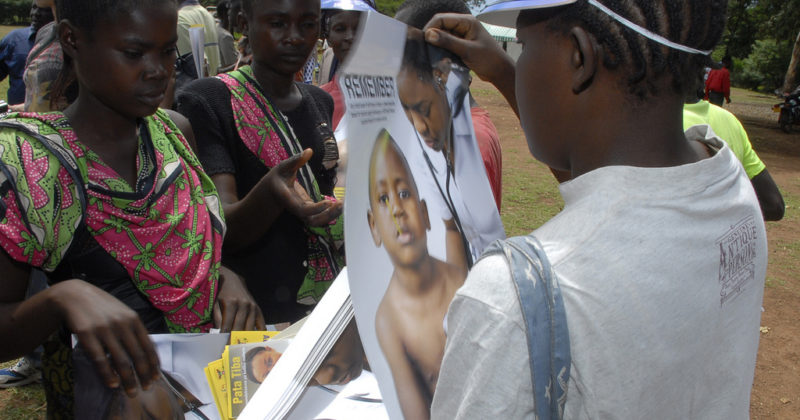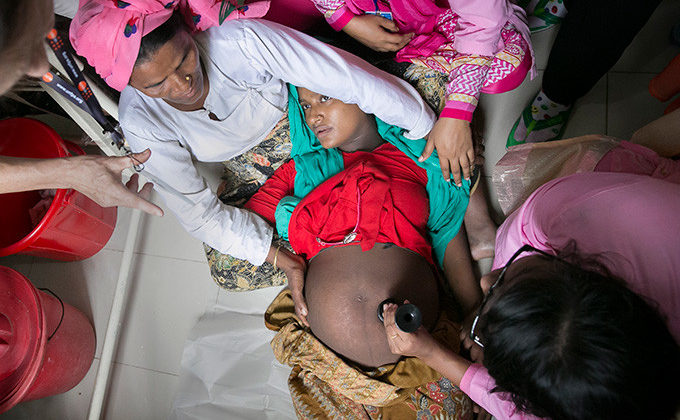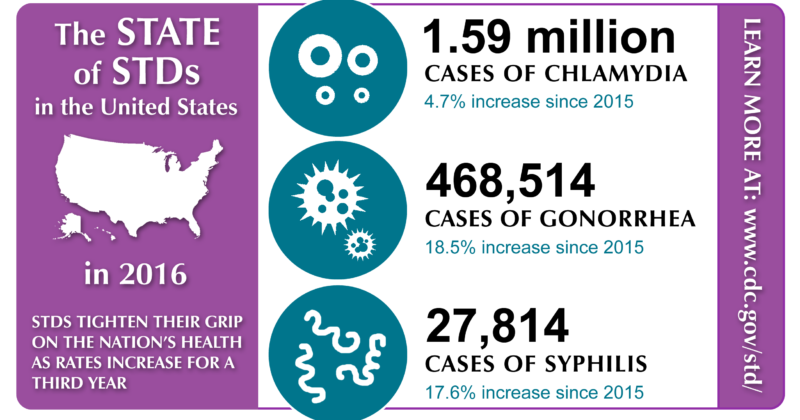
Baltimore’s Health Commissioner, Dr. Leana Wen, named President of Planned Parenthood
Article by Jessica Williams Planned Parenthood announced on September 12th that Dr. Leana Wen will become the organization’s next president. After current president Cecile Richards announced her resignation, Planned Parenthood organized a search committee in early February to find her replacement. Months later, Dr. Wen was selected to be her successor due to her extensive experience in the healthcare sector; she has been Baltimore's health commissioner since 2015, and is only the second doctor in the organization's 102-year history to take its leading role. Born in Shanghai, Dr. Wen immigrated to the United States with her family shortly before her eighth birthday. They were granted political asylum, and became U.S. citizens in 2003. While growing up in a low-income area in California, Dr. Wen relied on Planned Parenthood for healthcare. She later volunteered for a Planned Parenthood clinic during medical school in St. Louis. Dr. Wen's appointment comes at a critical time for Planned Parenthood. A target of Republican-led Washington over the past...







